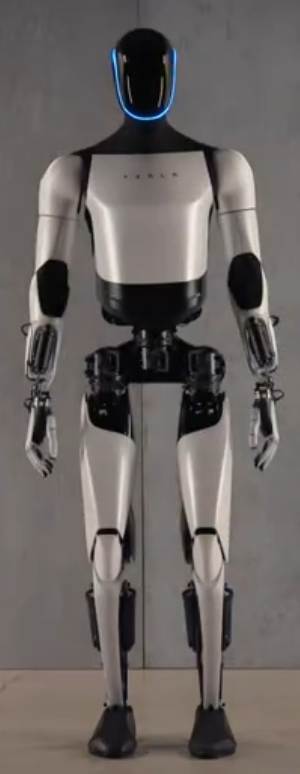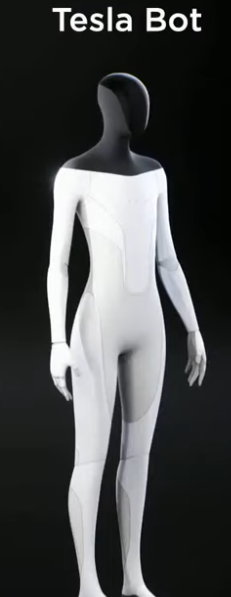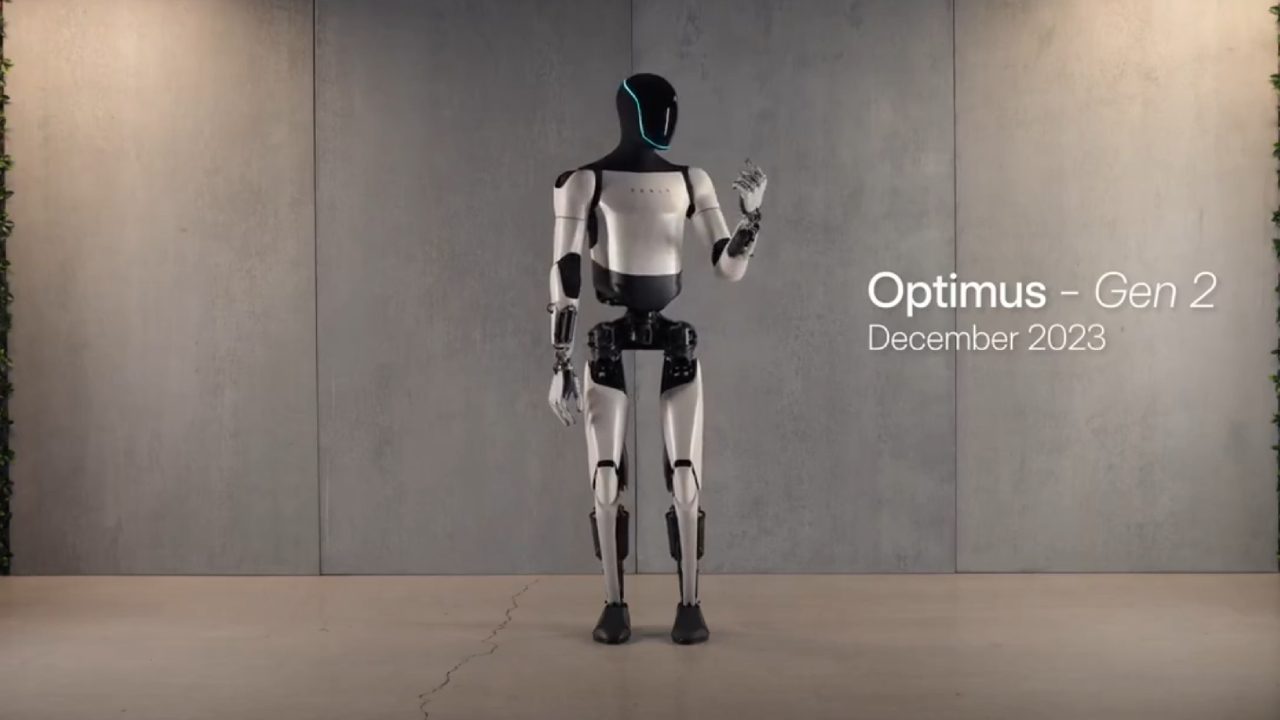- The Tesla Bot has received several major upgrades in its latest iteration – called Optimus Gen 2
- The machine now walks and acts more human thanks to higher degrees of mobility and human-like limbs.
- Optimus Gen 2 is now faster and lighter than its predecessors, and it dances. Despite this, it has yet to be shown doing what it was designed to do.
Electric vehicle manufacturer Tesla announced in 2021, out of the blue, that it was working on humanoid robots powered by AI that could perform tasks in its factories, freeing human workers from tedious or overly dangerous activities.
Early on, it was revealed that the robots – standing at nearly 1.7 meters and weighing 57kgs – would use the same technologies as Tesla vehicle autopilot to autonomously move around, but first incarnations were very conceptual. In fact, in the very first reveal of the machine, CEO Elon Musk had a person come out in a robot costume to dance around as a “joke” while showing off conceptual renders of the robot to investors.
Today the company has revealed significant work has been done on the robots in the last three years. For example, they have now been programmed to actually dance sans human in suit, which is shown off in a post on X. Though not with the same gusto as the intern Musk bandied out during the initial press event (the machines begin to dance at 1:43 in the video below).
There’s a new bot in town 🤖
— Tesla Optimus (@Tesla_Optimus) December 13, 2023
Check this out (until the very end)!https://t.co/duFdhwNe3K pic.twitter.com/8pbhwW0WNc
According to Tesla, the mission of the Tesla Bot is to create a bi-pedal, autonomous humanoid robot “capable of performing unsafe, repetitive or boring tasks.” The company has been looking to hire deep learning, computer vision, motion planning, mechanical and general software engineers to ensure that the robot’s navigation, balance, perception, and interaction with the physical world are all natural.
Tesla is using names from the Transformers line of toys for its robots, with an early build called “Bumblebee,” according to the video it posted, and the latest model – as of December 2023 – called Optimus Gen 2. What that means about the IP or copyright of the robot is unknown.
The latest version of the Tesla bot is very different to the first concepts, with far more visible articulations being the most noticeable difference.


The Tesla team has seemingly spent considerable time on programming natural idle movements for the bot, as it sways, looks around and shifts as a real human would in the video. Tesla-designed actuators and sensors, as well as a 2-DoF (degree of freedom) actuated neck make for more natural movements.
Optimus Gen 2 is now 30 percent faster at walking than its predecessor (but you could still outrun it), and shows the robot walking briskly past Cybertrucks. Tesla has purposefully also given it more human-like feet, with articulated toe sections. It is also 10kgs lighter than the first incarnations, so it should now be weighing around 47kgs.
One of the most impressive upgrades Tesla has managed is in the hands of the robot. Apart from 11 degrees of freedom added to the hands, the fingers of the robot each have tactile sensing technology. This, according to the video, allows for “delicate object manipulation.”
In the video, the Tesla bot carefully handles an egg without breaking its shell. It is unclear how much this is pre-programmed, or it is the robot’s AI that allows this level of manipulation.

For example, Tesla could have done hundreds of turns fine-tuning the fingers to carefully pick up the egg, instead of using an AI to automatically adjust pressure in real time.
It is unknown right now if Tesla will sell the robot to other firms, and so far its communications have implied it will only be used internally at the automaker. Either way, the Tesla Bot is now more human than ever as the firm, and others like Boston Dynamics, continue to push the envelope of robotics. Making a machine appear and function like a human primes it for human-like tasks, but it also makes people more inclined to accept it and treat it like a real person, and not a can-opener.
In the future, we’d like to see the robot doing some real under-pressure activities – fulfilling what it was made for. Right now it’s just a vanity project.
[Image – Tesla]

